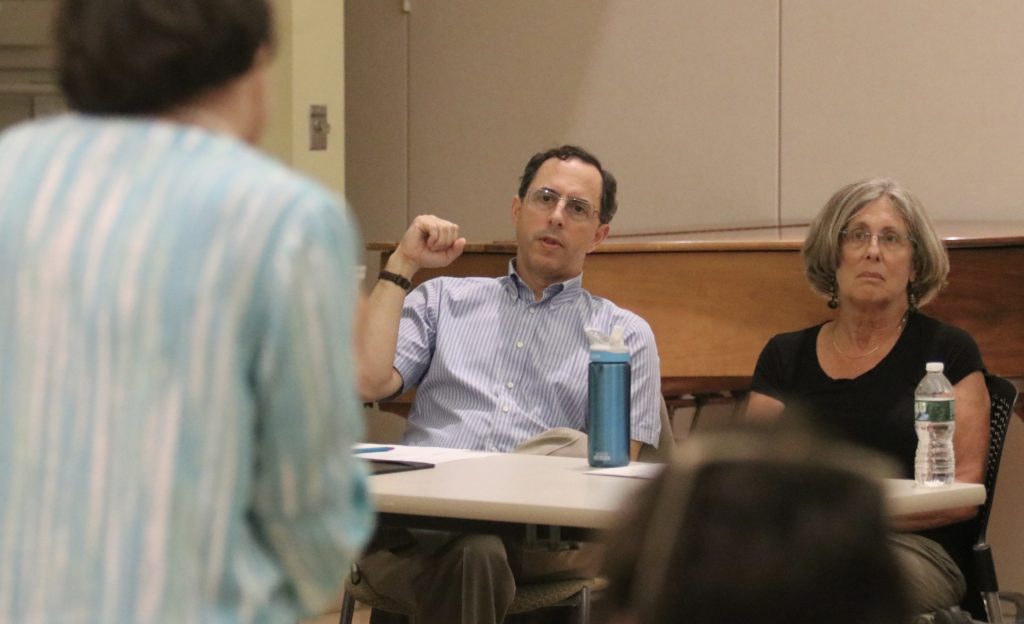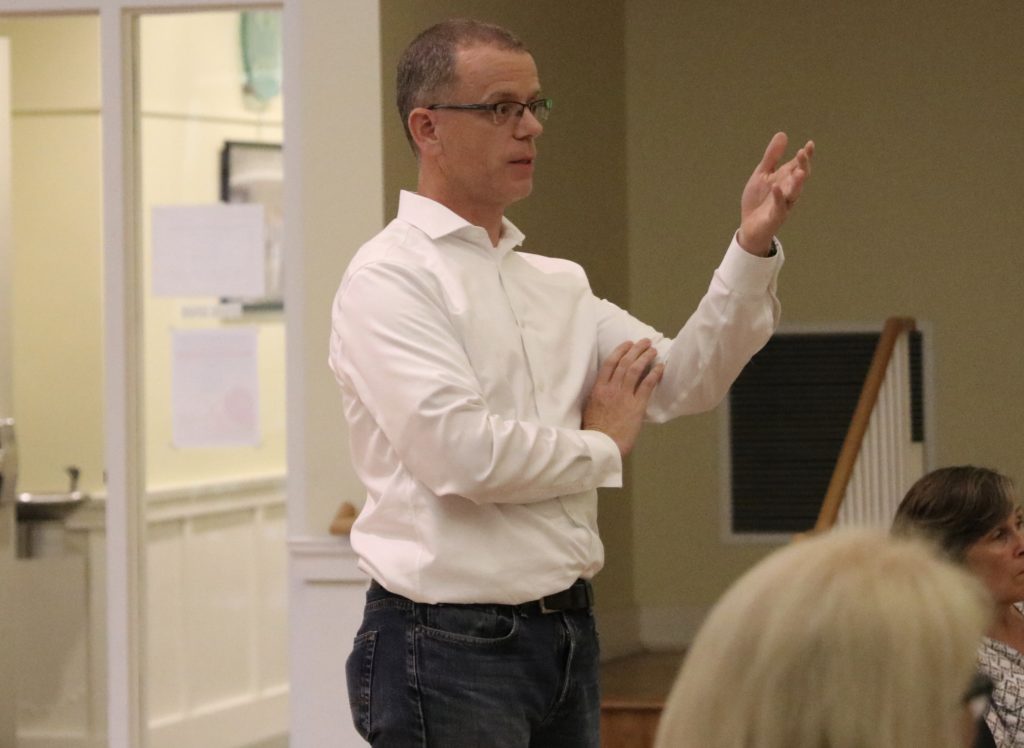Photo: Belmont High School Girls’ Soccer.
By: Adriaan Lanni
As a Belmont soccer mom and former college player, I am incredibly proud of the U.S. World Cup team, which stands up for equality off the field and plays the game beautifully on it. But the inspiration of the Women’s World Cup obscures a troubling trend in American youth soccer—one that has a particularly strong impact on affluent towns like ours.
There is an arms race to produce future World Cup stars that filters down throughout the system. When I drive by Belmont High School over the summer, I often see private coaches leading young kids in one-on-one workouts. My family is not immune; we pay $3,000 a year for my
This pressure might be OK for kids who have a shot at playing at the very highest levels. But it’s terrible for everyone else. Regular participation of 6 to 12-year-olds in the U.S. dropped 14 percent between 2016 and 2018, as kids who can’t afford or don’t want to join the arms race quit. Even the club soccer “success” stories come at a price. I played in the Olympic Development Program and was recruited to play college soccer, the Holy Grail for many club soccer parents today. But the game had begun to seem like a job, and I quit my college team after two seasons. And this was when the soccer arms race was in its infancy before it sucked in players unlikely to advance in the sport.
Watching my daughter today, I worry that many kids are missing out on the game’s real greatness. Soccer is one of the few sports that people of all ages play on a casual, “pick-up” basis. It is also a game that, unlike basketball or softball, typically requires intricate teamwork to produce even a single goal. And because a good goal is like a little work of art that we create with other people, there is nothing I know of that brings people together so quickly. You can see this in what Megan Rapinoe called the “explosion of joy” that often accompanies a goal—and not just in the World Cup. I met my husband playing soccer, and I have joined pickup games all over the world with complete strangers. In a world of careful, cultivated relationships, the impromptu fellowship of casual soccer is a wonderful thing.
Without all the external pressures, and now well into middle age, I have rediscovered my love for soccer. The Boston area has outdoor and indoor leagues for women of all ages and skill levels (if you want to play let me know: I’ll gladly help you find a team or a regular pickup group). This month, Lancaster hosted the Soccerfest, a national tournament with women’s divisions ranging from over-30 to over-70 (!); teams travel from as far as Texas and Hawaii. I am as excited to play with my over-40 team of local moms as I have been about any soccer game. Recently I was playing in a pickup game in Lexington, mostly with women of a certain age. My teammate had the ball on the sideline, and I ran (some might say lumbered) toward her, calling for the ball. But I had an intuition that another teammate, Jeri, would sprint into
A few years ago, the Belmont Soccer Association started an in-town small-sided coed league for fifth through eighth graders. Affectionately called the “Rogue League,” it’s an organized version of the coed, multi-age, wide-range-of-skill-level pickup games that my brother and I grew up playing at our local park alongside club soccer. My daughter played in the Rogue League this spring and loved it. I highly recommend it.
Like many others, I am willing to part with shocking amounts of time and money to support my daughter’s desire to become a better player. But what I ultimately want for her has nothing to do with playing at an elite level. I want her playing pickup in 20 years, savvy enough to make that run that Jeri made—and to feel that same “explosion of joy” that Rapinoe and all the rest of us feel when you play the Beautiful Game right.
Adriaan Lanni lives on Watson Road.

